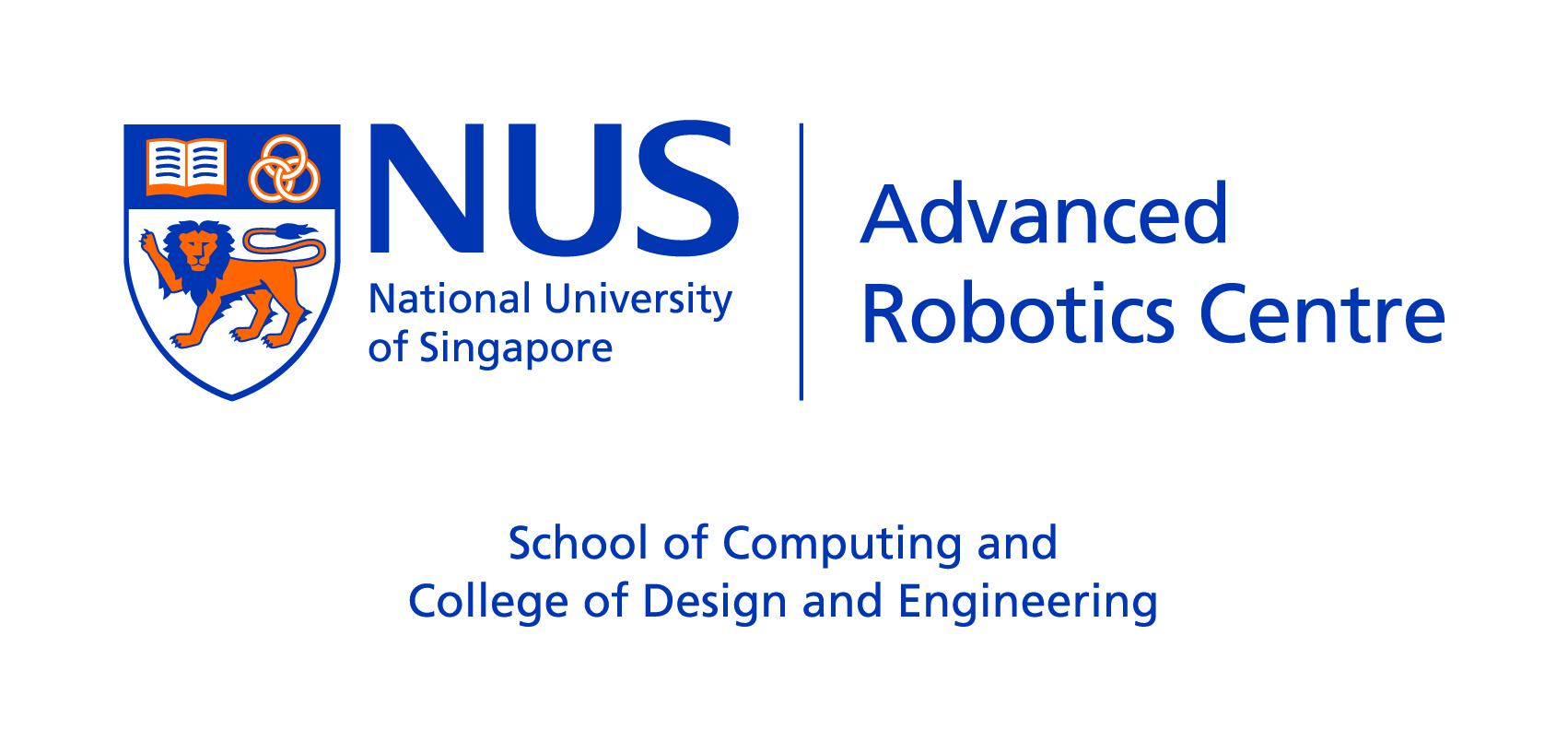Lunchtime @ 6th Feburary 2015
Lunctime Details
| Date & Time | February 6, 2015 @ 12:00 pm to 1:30 pm | |
| Seminar Venue | NUS Faculty of Engineering, Blk EA, Level 2, EA-02-11 |
Summary
Navigation and Control of MAVs in Indoor and Outdoor Cluttered Environments
Kun LI, PhD Student
Department of Electrical and Computer Engineering
Manipulation-aided Object Search in Clutter
Juekun LI, PhD Student
School of Computing
Functional Task-based Gait Assistance Control of Lower Extremity Assistive Device for Level Walking
Li Jinfu, PhD Student
Department of Mechanical Engineering
Navigation and Control of MAVs in Indoor and Outdoor Cluttered Environments
Kun LI, PhD Student
Department of Electrical and Computer Engineering
In this project, a micro aerial vehicle (MAV) is to be developed to perform autonomous guidance and navigation in both indoor and outdoor cluttered environments. The system is designed to integrate with the multi-rotor frame, avionics system, guidance sensors, and processors, telecommunication modules as well as extra payload, weighs around 200 g to achieve around 15 min flight. A quad-rotor platform is developed with high-frequency attitude control to achieve robust and stable performance. Current techniques of guidance and navigation in indoor and outdoor environments are evaluated and further to be integrated with onboard processing as well as efficient algorithm to provide possible solutions for the MAV autonomous flight with limited payload and processing power.
Manipulation-aided Object Search in Clutter
Juekun LI, PhD Student
School of Computing
Service robots have received much attention and popularity in recent years due to the great desire of people to improve their quality of life. One of the basic requirements for intelligent robots to serve people at home is the ability to manipulate the objects in the environment, such as fetching drinks, looking for keys, setting up tables and etc. Despite of the advancement in robotic hardware designs and software architectures, those seemingly easy tasks turn out to be extremely difficult for the state-of-the-art robotic systems to perform. Robotic manipulation in domestic settings is hard because robots have imperfect perception due to sensory noise and unstructured environment. This exerts a great burden on robots to search for objects in clutter.
Fortunately, inspired by the way that humans interact with the environment for object search, an effective way for robots to tackle such tasks is to use manipulation to help objects search. The intuition is that manipulation of the environment can help robots gain better perception. We identify that uncertainties prevail in robotic tasks, which prevent robots from performing tasks robustly and efficiently. Hence, it is imperative to handle such uncertainties and put them to good use. We model objects’ search problem as a Partially Observable Markov Decision Process (POMDP), which provides a principled and general planning and decision-making framework for acting optimally under uncertainties.
Functional Task-based Gait Assistance Control of Lower Extremity Assistive Device for Level Walking
Li Jinfu, PhD Student
Department of Mechanical Engineering
Neurological patients often suffer from muscle weakness and impaired gait disorders even after physical rehabilitation training in hospitals. Wearable lower extremity assistive devices could be used for their daily walking movement assistance. In this talk, a newly developed Lower Extremity Assistive Device (LEAD), as well as functional task-based gait assistance control architecture and its preliminary evaluations, will be presented. The proposed control approach utilizes a Finite State Machine (FSM) to implement a gait period detector to estimate the current gait period of the user among the six major periods. Furthermore, an impedance-based controller is used to produce the functional gait assistance at the hip and the knee joint in each detected gait period. The performance of this approach is preliminarily investigated on the single-leg Lower Extremity Assistive Device (LEAD) with a group of healthy subjects walking on a treadmill.
Back to Robotics@Lunchtime
